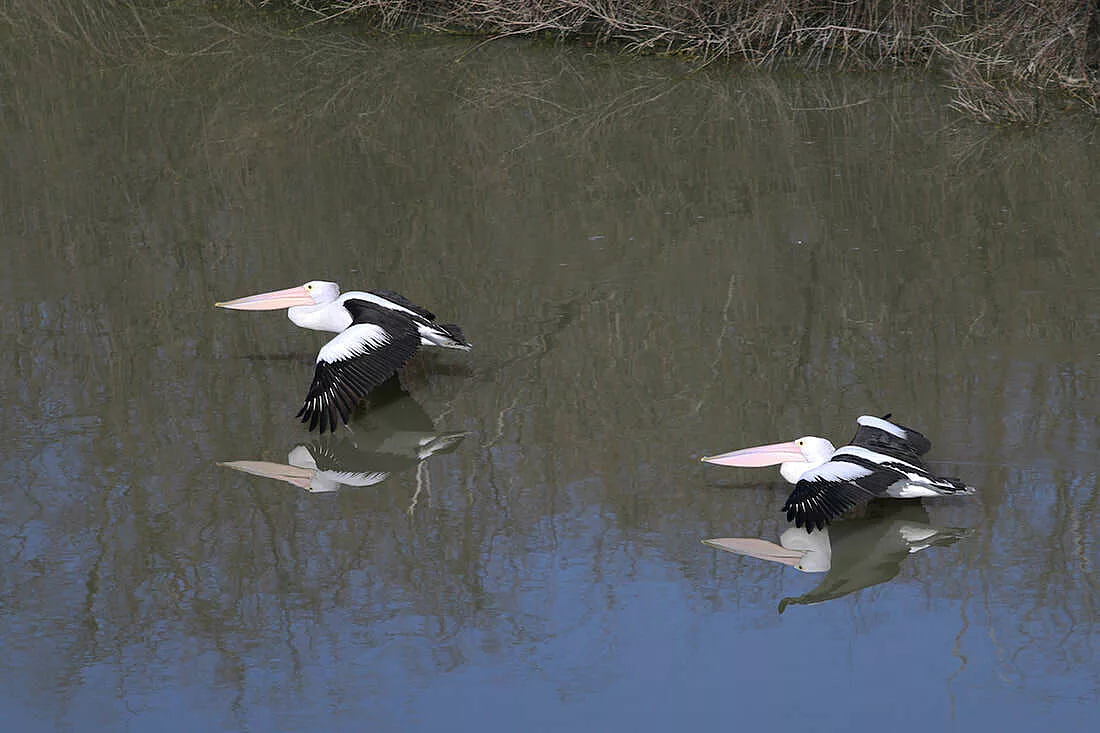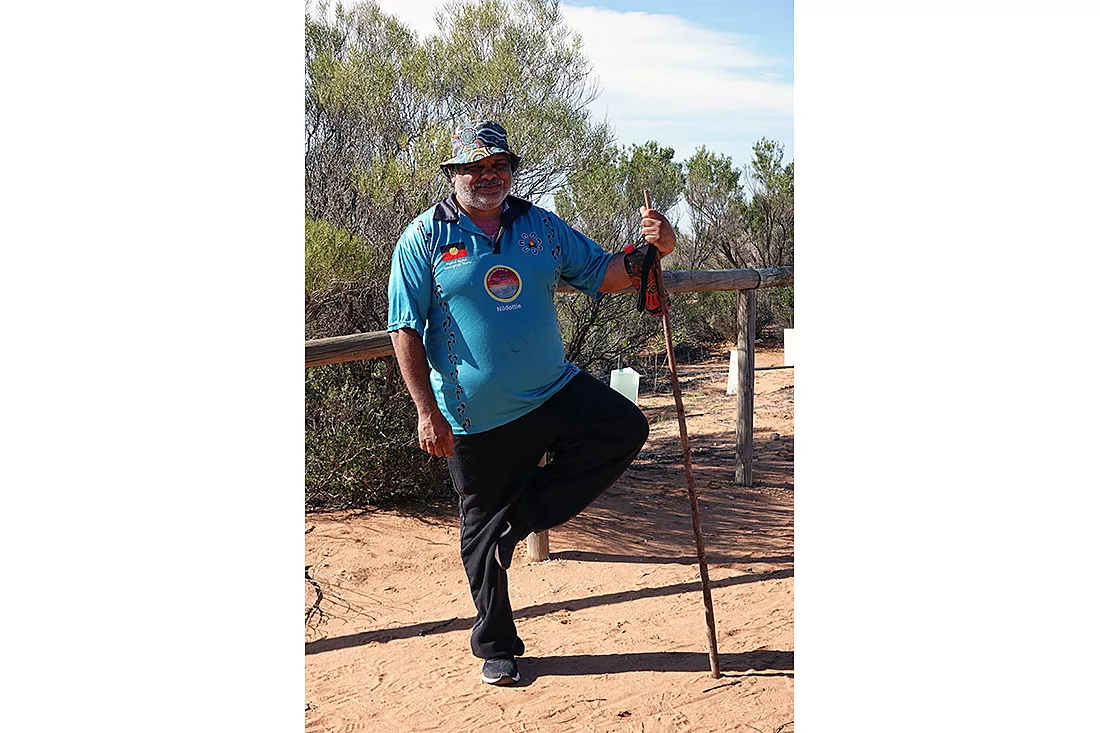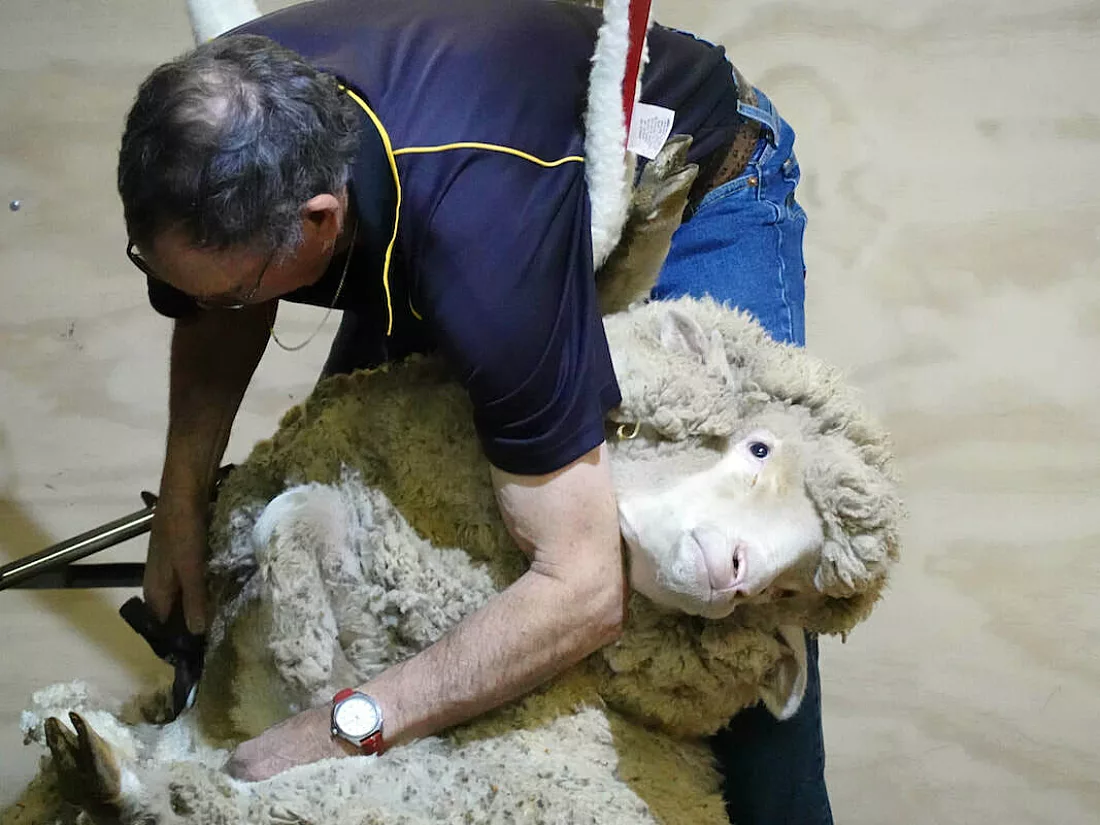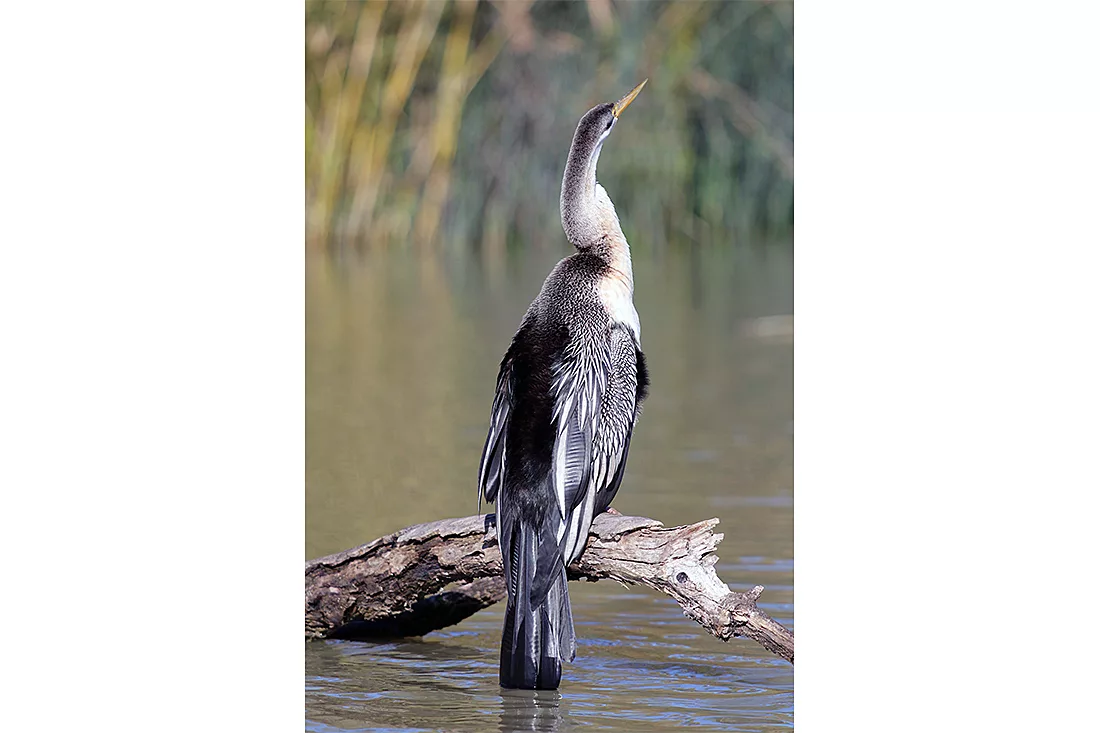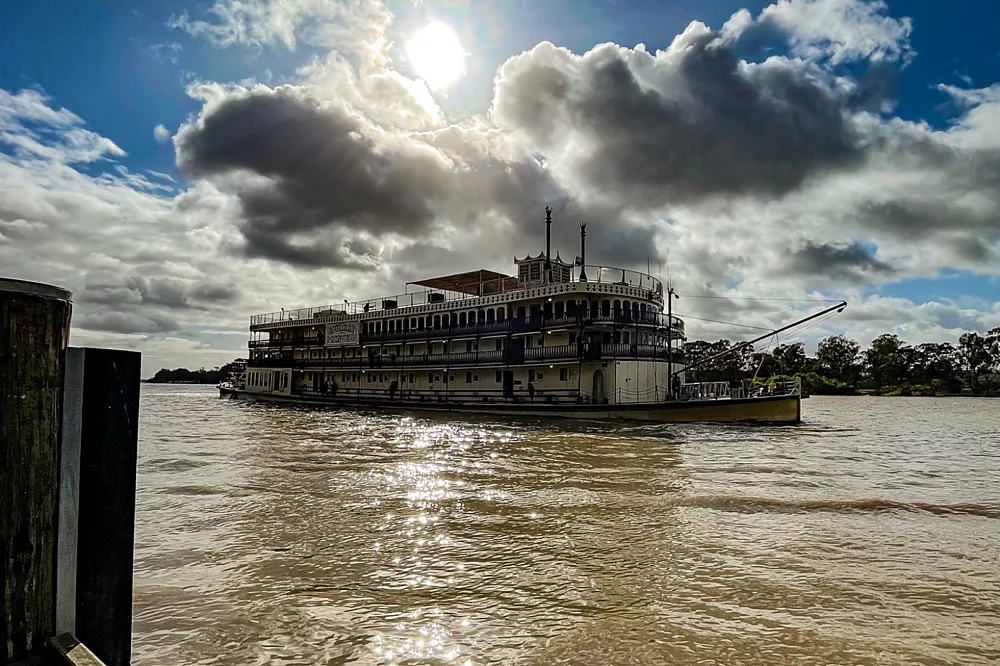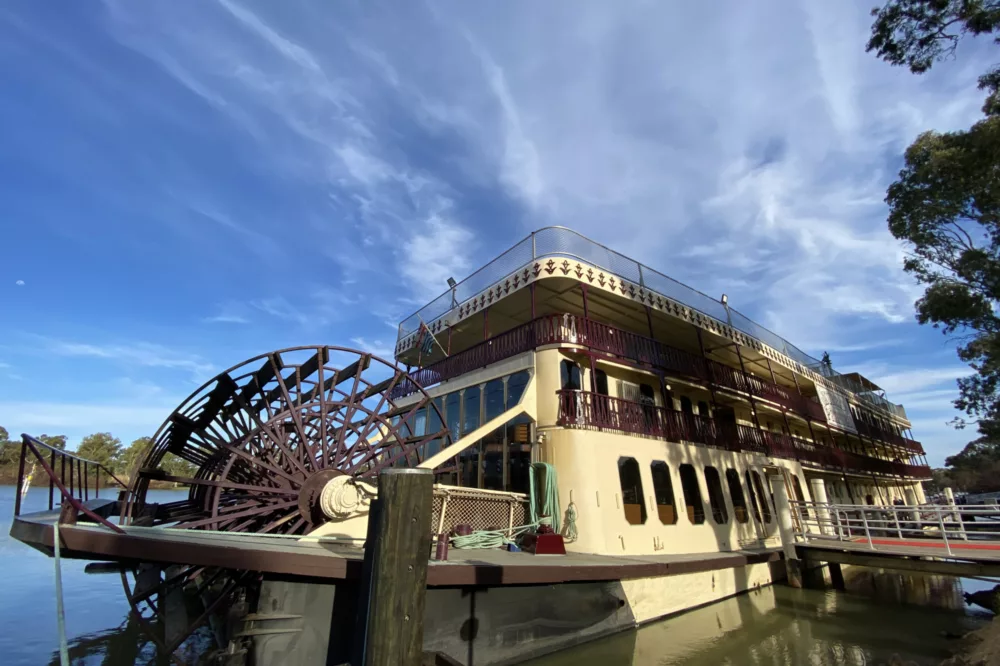Step back in time…
In the Sturt Dining Room, we join First Officer, Alina Herrmann, for a talk on the 19th-century river pioneers. It comes laced with facts and fables. It’s impressive that the Murray River is the world’s third longest navigable river, travelling 2,530km from the Australian Alps to Goolwa, where it trickles into the Southern Ocean at the Murray Mouth. Yet it drops just two centimetres every kilometre, such is its mild gradient.
Being the river’s original inhabitants, the Aboriginal people were the first to navigate its waters. They would choose straight, east-facing, sun-warmed red gums to carve the outline of a canoe using stone axes. Levering the bark away, they’d lay it in a hollowed-out sand pit, scaffold it open with sticks, and leave it for a few days to dry.
Europeans later arrived in the Riverland, from the Blue Mountains, despite their bewilderment of the westward flowing river. To solve the puzzle, in January 1830, Charles Sturt and his men launched a whaleboat onto the Murrumbidgee River, sailing downstream. Upon reaching a new waterway, he named it the Murray River, after Scottish judge and politician, Sir George John Robert Murray.
Four weeks later, the navigators arrived at Lake Alexandrina. After then travelling on foot across sand hills and mudflats, they arrived at a hugely disappointing narrow outlet, and not the deep-water port they’d hoped for. Sturt and his men rested for a day before rowing back upstream – all 900 kilometres of it! But Sturt reported back that the Lower Murray region offered good land.
The SA government offered two £2,000 prizes for the first two steamers to travel from the Murray Mouth up to the Darling Junction. Enter William Randell: a flour miller, and naval man: Charles Francis Cadell.
In 1853, Captain William Randell built the Mary Ann (Australia’s first steamboat). He actually went on to build a fleet of them, as well as the Mannum Wool Store (the town’s first building) and a dry dock.
Captain Charles Francis Cadell named his newly built steamer: Lady Augusta. Sailing her south from Sydney, and looping around to the Murray Mouth, he was ready for the two-day race up to Swan Hill. After repeatedly overtaking each other, Cadell reached the finish line first.
By 1836, Adelaide was established, and within a decade, shipbuilding and river trade was heaving, transporting wool and wheat. The riverboats were workhorses, and a communications channel, ferrying people, stock and produce, and were constantly loading and unloading.
But the hardest yakka was that of the manual labourer. Employees worked from 4 am to 10 pm for two Guineas per week, plus meals. Loaders would stand all day in water, often with snakes in the woodpile. And you didn’t want to mess around in those days. Woodcutters were known to put dynamite in hollow wood to teach thieves a lesson. When stolen wood went into the boiler… you guessed it… it exploded.
By 1880, around 200 paddle steamers had plied the Murray. And in 1947, Pearl Wallis became Australia’s first female riverboat captain, inspiring Nancy Cato’s 1958 novel: All the Rivers Run. However, the Murray River’s buzzing heyday was to face major changes. Road and air travel gradually brought river trade to a halt.
Today, around 40% of Australian farms (more than 50,000 of them) are located within the Murray Darling Basin, producing fruit and vegetables, dairy, rice, oil, wheat, cotton, and sheep and wool. Around 46 species of fish reside in its waters, attracting more than 95 species of waterbird. Its precious slow-flowing water remains its most valuable resource that needs to be carefully monitored and managed for human consumption, water quality, navigation, hydroelectric power, irrigation, flood and drought-mitigation, and cultural heritage.


